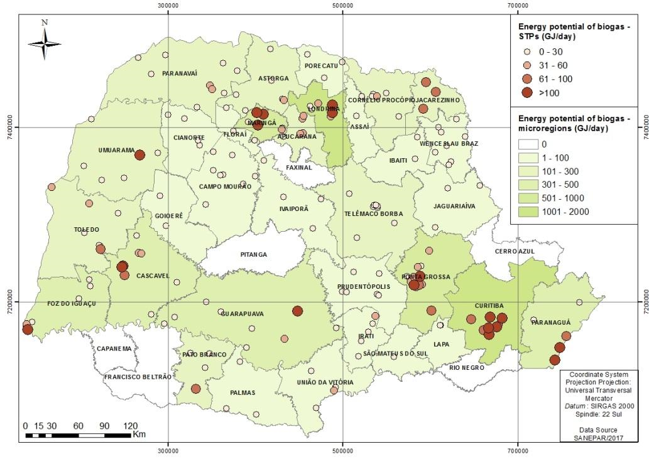Permanent preservation areas in Mantiqueira sierra: perspectives for regularization along watercourses
Resumen
Brazilian Native Vegetation Protection Law (Law n. 12.651/2012) brought flexibility related to the sizing of Permanent Preservation Areas (PPAs) along watercourses when there was anthropogenic occupation before July 22, 2008 (consolidated rural area), which may vary according to the size of the property. To better understand the effects of this law, we analyzed land use and land occupation in PPAs along watercourses in a portion of Grande River drainage basin. Scenarios were also developed to compare the effects of the reduction of PPA limits, allowing us to discuss measures to avoid water quality deterioration. We obtained the drainage network and individualized the study area through images available in Google Earth TM, and we extracted information about land use and land occupation from a vector provided by the Laboratory of Studies and Projects in Forest Management from Federal University of Lavras. Recovery scenarios were estimated according to Article n. 61-A from the Native Vegetation Protection Law. There was a significant reduction of environmental liability compared to previous legislation. In the more restrictive scenario, there may be a 31% deficit in recovery areas, where watersheds with a strong presence of small rural properties will be the most affected. Although the reduction of recovery areas is characterized as a retrogression in the protection of native vegetation, complementary strategies could be implemented, such as economic incentive mechanisms.
Authors maintain the copyrights for their work. However, they grant rights of first publication to Ambiente e Agua - An Interdisciplinary Journal of Applied Science. In compensation, the journal can transfer the copyrights, allowing non-commercial use of the article including the right of sending the article to other data bases or publication media. La revista utiliza la licencia CC BY 4.0"






